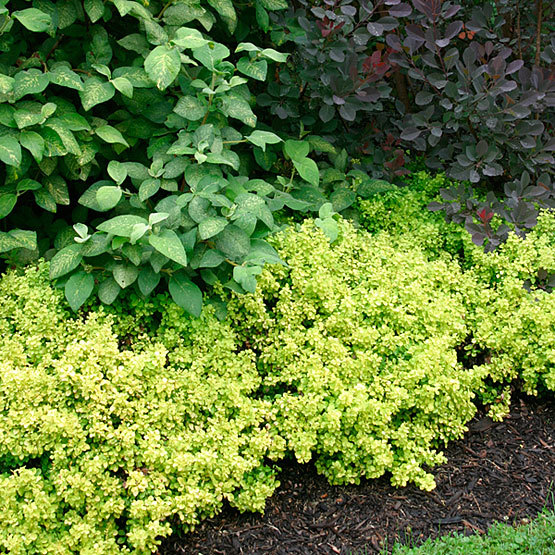
A whopping 450 species comprise this genus of evergreen or deciduous shrubs. They are cultivated for their ornamental foliage or good fall color, their yellow-orange flowers, and their colorful fruit. They are useful in a border, as specimens, or as hedges.
Noteworthy CharacteristicsBarberry refers rocky soils in mountain areas. It has ornamental foliage and colorful autumn fruit. All parts of barberry plants may cause stomach upset if eaten.
CareBerberis need full sun or partial shade but will tolerate almost any soil that is well-drained. Fruit production and fall color are best in sun.
PropagationSow seed in a seedbed in early spring (seed-raised plants are often hybrids). Root softwood cuttings of deciduous species in summer, and take semi-ripe cuttings of deciduous and evergreen species in summer.
ProblemsScale insects, mites, and Japanese weevils can occur. Canker, dieback, fungal leaf spots, powdery mildew, root rot, verticillium wilt, and many rust diseases are common. Some species host wheat rust and are therefore banned in Canada and parts of the United States.























